Bequest Ernst Bürgin
The Fritz Bauer Institute acquired the bequest of Ernst Bürgin from the historian Dr. Florian Schmaltz in March 2007. Ernst Bürgin was born in Wyhlen on July 31, 1885. After attending school in Basel, he studied chemistry and electrochemistry there and in Berlin. In 1911, he earned his doctorate. Subsequently and only interrupted by his deployment in World War I, he worked as a chemist for various companies in Berlin and the Rhineland. In 1924, he became the procurator and head of the plant Rheinfelden of the Chemische Fabrik Griesheim-Elektron (CFGE), which became part of the I.G. Farben industry in 1925. In 1931, he became the head of the plant Elektron-Süd in Bitterfeld, and in 1933, he additionally became the manager and head of the inorganic factories (Anorganische Betriebe) of the Betriebsgemeinschaft Mitteldeutschland. In 1938, he became an ordinary board member of the I.G. Farben as well as a member of the I.G. Farben's technical committee and further panels and commissions. In 1942, he was named a military economy leader (Wehrwirtschaftsführer), and one year later, he received the War Merit Cross first class (Kriegsverdienstkreuz erster Klasse). In 1947, Ernst Bürgin was arrested and stood trial as a war criminal one year later. At the Subsequent Nuremberg Trial, Case VI, the so-called I.G. Farben trial, he was found guilty on count two, plundering and spoliation, and sentenced to two years in prison. He was convicted for his participation in the exploitation of Norwegian aluminum deposits to produce light metal for the German Luftwaffe. Regarding count three, enslavement and mass murder, Bürgin was found not guilty. After his discharge, he participated in the liquidation of the I.G. Farben. He died in Whylen, on June 22, 1966. The bequest Ernst Bürgin covers after description, demetallization, and filing 36 archival units with a total extent of 1.8 running meters. Upon the acquisition in March 2007, there already was a preliminary finding aid. However, the bequest did not have an inner structure. So, the processor Inga Steinhauser completely reorganized the holding during indexing from February to April 2022. It follows the "rules for the description of personal papers and autographs" (RNA, Regeln zur Erschließung von Nachlässen und Autographen). The archives group is now structured in three sections: "correspondence" ("Korrespondenzen"), "personal documents" ("Lebensdokumente"), and "collections" ("Sammlungen"). The section "correspondence" ("Korrespondenzen") covers several private letters and letters of congratulations. The section "personal documents" ("Lebensdokumente") mostly consists of documents from the Subsequent Nuremberg Trial, Case VI, the so-called I.G. Farben trial. It contains comprehensive extracts from the trial's Prosecution Document Books. In addition, the section comprises calendars, private photos, and documents from the tax office Lörrach regarding Bürgin's private finances. The section "collections" ("Sammlungen") is composed of Bürgin's private library as well as construction plans and descriptions of chemical plants.
- EHRI
- Archief
- de-002518-nl_bürgin
- Subsequent Nuremberg Trial VI (I.G. Farben Trial)
Bij bronnen vindt u soms teksten met termen die we tegenwoordig niet meer zouden gebruiken, omdat ze als kwetsend of uitsluitend worden ervaren.Lees meer





